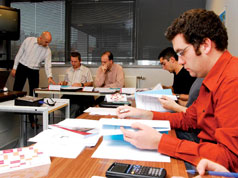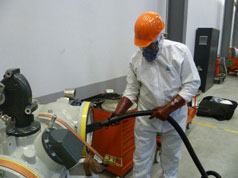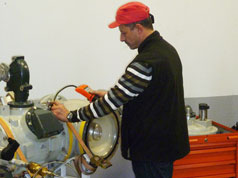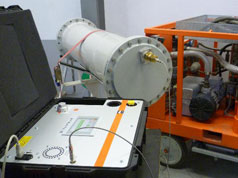Low voltage industrial installations - Design (A1212)
What will I learn from this course?
- Select the appropriate switchgear and lines
- Estimate the value of short circuit currents
- Understand electrical constraints and identify when support is needed
- Improve dialog with specialists operating on site
Topics
Electrical installation overview
|
|
Switchgear
|
|
Electrical line
|
|
Default current estimation
|
|
Case study
- Design of one part of a plant: selection of the equipment, comparison of the different solutions
| Duration |
|---|
| 4 Days |
| Who should attend? |
|---|
| Technicians involved in study and design |
Learning path
| Prerequisites | A1212 | Next step |
|---|---|---|
| A0201 Basic knowledge in electricity and high voltage products | 40% Case Study 60% Theoretical | A2102 |
This training can be provided on site at your own convenience. Taking into account the installation standard.
Low voltage industrial installations - Design (A1212)
What will I learn from this course?
- Select the appropriate switchgear and lines
- Estimate the value of short circuit currents
- Understand electrical constraints and identify when support is needed
- Improve dialog with specialists operating on site
Topics
Electrical installation overview
|
|
Switchgear
|
|
Electrical line
|
|
Default current estimation
|
|
Case study
- Design of one part of a plant: selection of the equipment, comparison of the different solutions
| Duration |
|---|
| 4 Days |
| Who should attend? |
|---|
| Technicians involved in study and design |
Learning path
| Prerequisites | A1212 | Next step |
|---|---|---|
| A0201 Basic knowledge in electricity and high voltage products | 40% Case Study 60% Theoretical | A2102 |
This training can be provided on site at your own convenience. Taking into account the installation standard.



